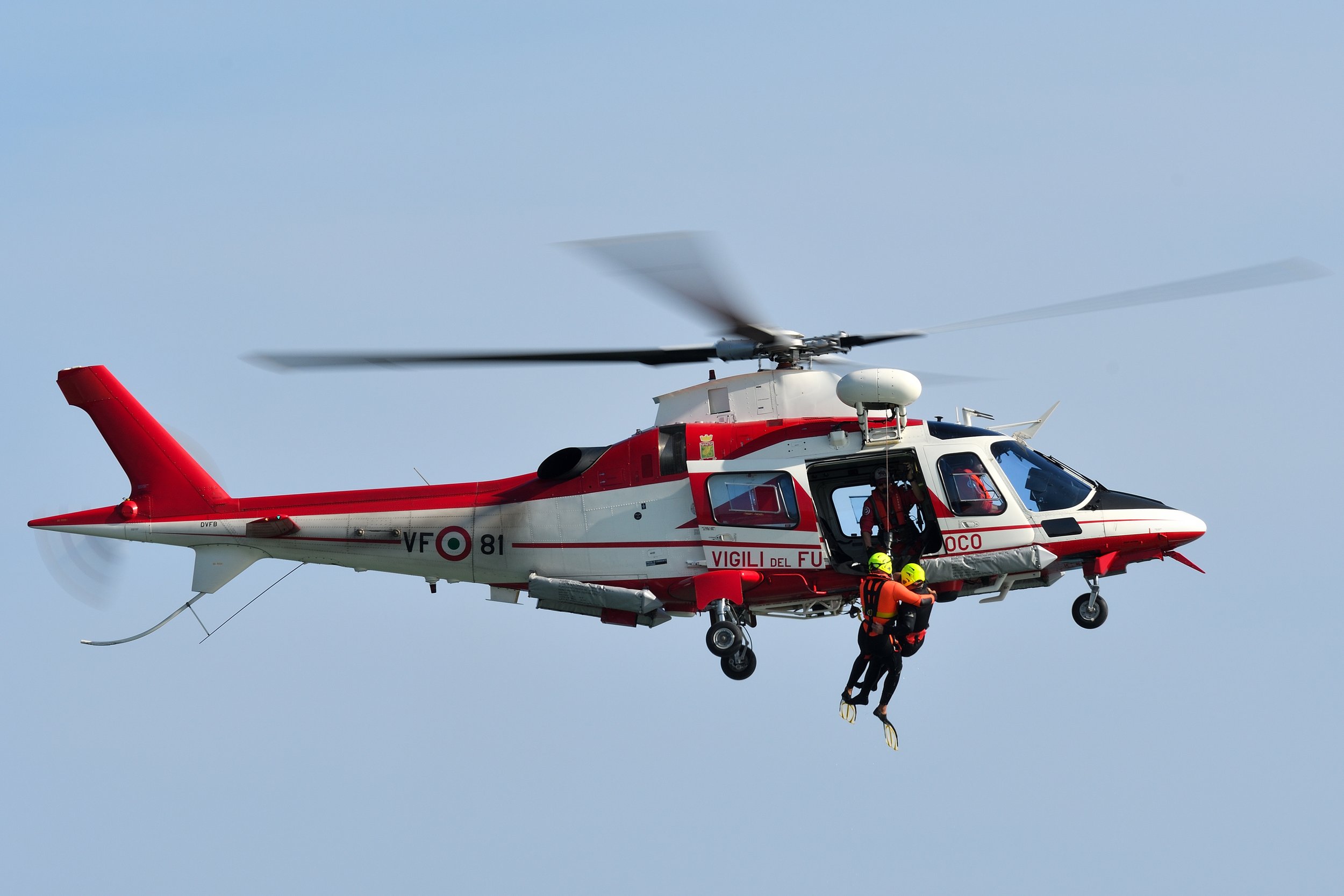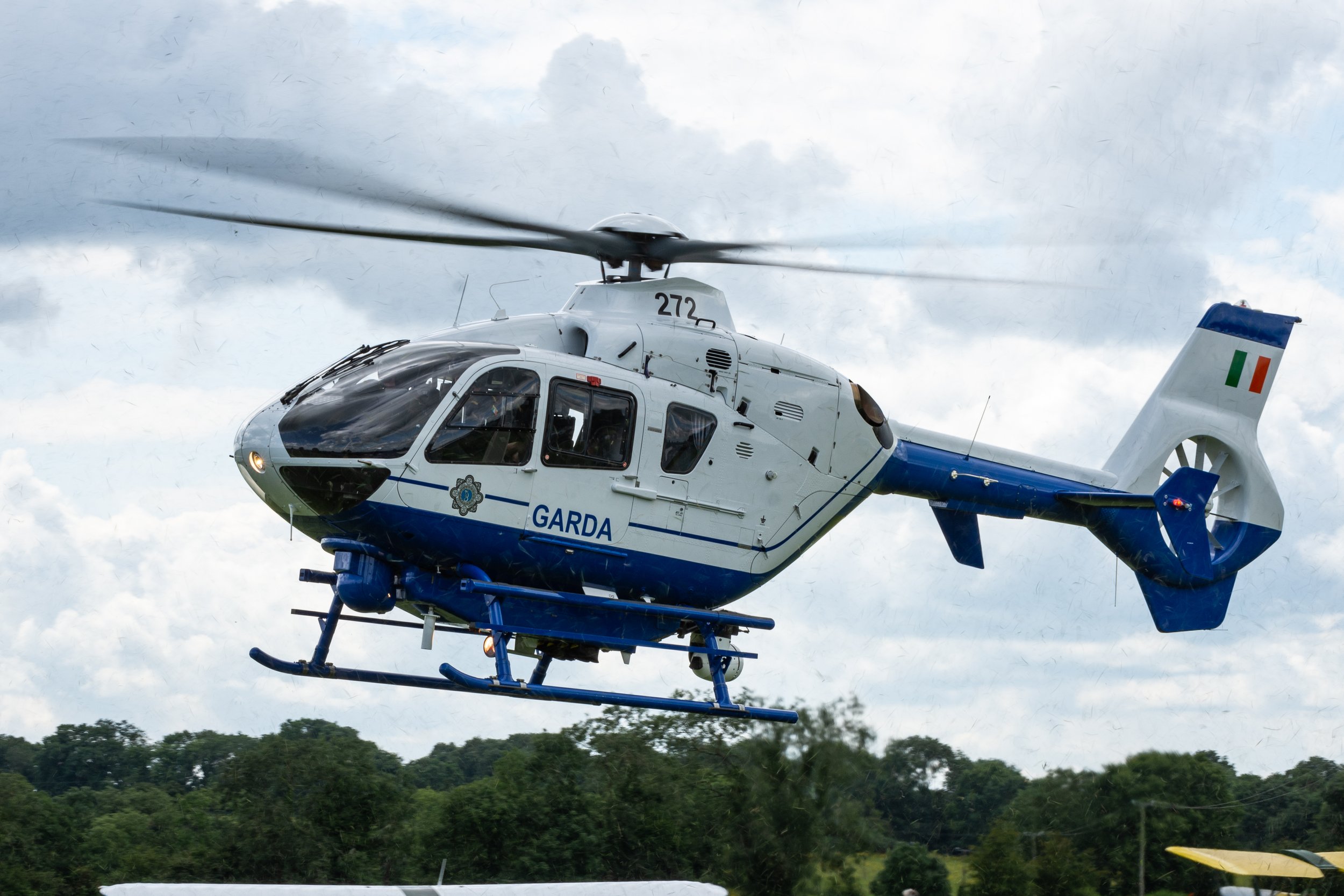Belgian Air Force NH90NFH
Country
Belgium
Aircraft
NH-90NFH
Base
Beauvechain Air Base
NHIndustries NH90NFH
The NHIndustries NH90 is a medium-sized, twin-engine, multi-role military helicopter. It was developed in response to NATO requirements for a battlefield helicopter that would also be capable of being operated in naval environments. The NH90 was developed and is manufactured by NHIndustries, a collaborative company owned by Airbus Helicopters, Leonardo (formerly AgustaWestland) and Fokker Aerostructures. The first prototype conducted its maiden flight in December 1995; the type first entered operational service in 2007. As of November 2020, the NH90 has logged 265,372 flight hours in the armed forces of thirteen nations.
The NH90 is the first production helicopter to feature entirely fly-by-wire flight controls. There are two main variants, the Tactical Transport Helicopter (TTH) for Army use and the navalised NATO Frigate Helicopter (NFH); each customer typically has various alterations and customisations made to their own NH90 fleets, such as different weapons, sensors, and cabin arrangements, to meet their own specific requirements. Since its introduction into service, the NH90 has suffered several teething issues, which have delayed active deployment of the type by some operators.
The NH90 was designed to fulfil a NATO staff requirement for a multi-role, medium-sized military helicopter for both land and maritime operations. According to Flight International, the NH90 has the distinction of being the first helicopter in the world to be developed in line with NATO requirements. As such, the design of the NH90 meets with multiple national and international standards, including military airworthiness processes in Germany, France, Italy, and the Netherlands; conformance with FAR 29 and MIL-STDS design standards, as well as DEF-STN 00-970 icing conditions performance and electromagnetic compatibility. It is produced in two principal variants, the battlefield Tactical Transport Helicopter (TTH) and the maritime NATO Frigate Helicopter (NFH).
One key innovation of the rotorcraft is the four-channel fly-by-wire control system employed; the NH90 is the first helicopter in the world to be equipped with full fly-by-wire flight controls. A four-axis autopilot is also integrated with the fly-by-wire system, as are mission and navigation systems to enable greater autonomy during operations and to reduce pilot workload. The flight envelope of the NH90 is capable of all-weather day-and-night operations, ship-borne operations during high sea state, across a temperature range from −40 °C to +50 °C, and up to a maximum altitude of 20,000 feet. Power is provided by a pair of turboshaft engines, dependent on customer selection, the NH90 is either fitted with Rolls-Royce Turbomeca RTM322 or General Electric CT7-8F powerplants; exhaust gases from the engines are filtered through an infrared suppression system for decreased sensory visibility. According to Airbus Helicopters, the NH90 possesses the lowest radar signature in its class, principally due to its diamond-shaped composite fuselage.
The NH90 featured an advanced composite airframe, designed for ballistic tolerance, a high level of crashworthiness, lower weight, and 30 per cent greater endurance than a metallic counterpart. The four main rotor blades are also composed of composite materials, increasing fatigue strength and lifespan while providing for greater damage tolerance. The unobstructed main cabin area is entered either by large sliding doors on either side of the fuselage or via a rear ramp, the cabin is designed to accommodate modular equipment packages to enable the rotorcraft to be rapidly reconfigured, providing for operational flexibility. In a troop-transport capacity, the cabin can accommodate up to 20 fully equipped soldiers or up to 12 stretchers in a medical evacuation role, some light vehicles may also be transported; the main cabin is equipped with environmental control systems and soundproofing measures to improve passenger conditions.
The NH90 can be equipped with various mission-specific systems, including modular armour plating around the cabin area for undertaking high-risk missions and an ice protection system for operations within cold climates. It can also make use of the In-Hover Flight Refuelling System (HIFR) as well as additional internal and external fuel tanks to conduct extended range missions. Other equipment includes a wire strike protection system, rappelling system, hoist, cargo hook, searchlight and various seating options, including crashworthy foldable seats. For performing maritime operations, such tasked NH90s are typically equipped with the Harpoon deck-locking system, automatic main rotor blade and tail folding mechanisms, and other deck handling systems to conduct all-weather ship-borne operations; it is also typically outfitted with dipping sonar and sonobuoy processing equipment.
The NH90 features a range of customizable avionics systems, dependent on customer selection and purpose. On some models, French firm Thales Group provides various parts of the avionics, such as the glass cockpit, full-colour multifunction displays, tactical mission and encrypted communication systems, the TopOwl helmet-mounted sight/display, IFF and autonomous navigation systems, and the electrical power generation system. Other systems include a forward-looking infrared (FLIR), weather radar, digital map generation system, enhanced ground proximity warning system, personal locator system, and VHF/UHF/HF tactical radios. In 2015, the NH90 became the first helicopter to receive a laser-based airborne collision avoidance system. Onboard mission systems feature a dual-redundant databus, are compliant with MIL-STD 1553, and are comprehensively managed via sensor fusion functionality. Customer demand for future avionics improvements such as new data links and communication systems, as well as additional electro-optical sensors, have been anticipated by the manufacturer.
The helicopter is equipped with emergency floats that deploy in case of a water landing and are designed the buy the crew enough time to exit the helicopter before it sinks
| Back to Top |
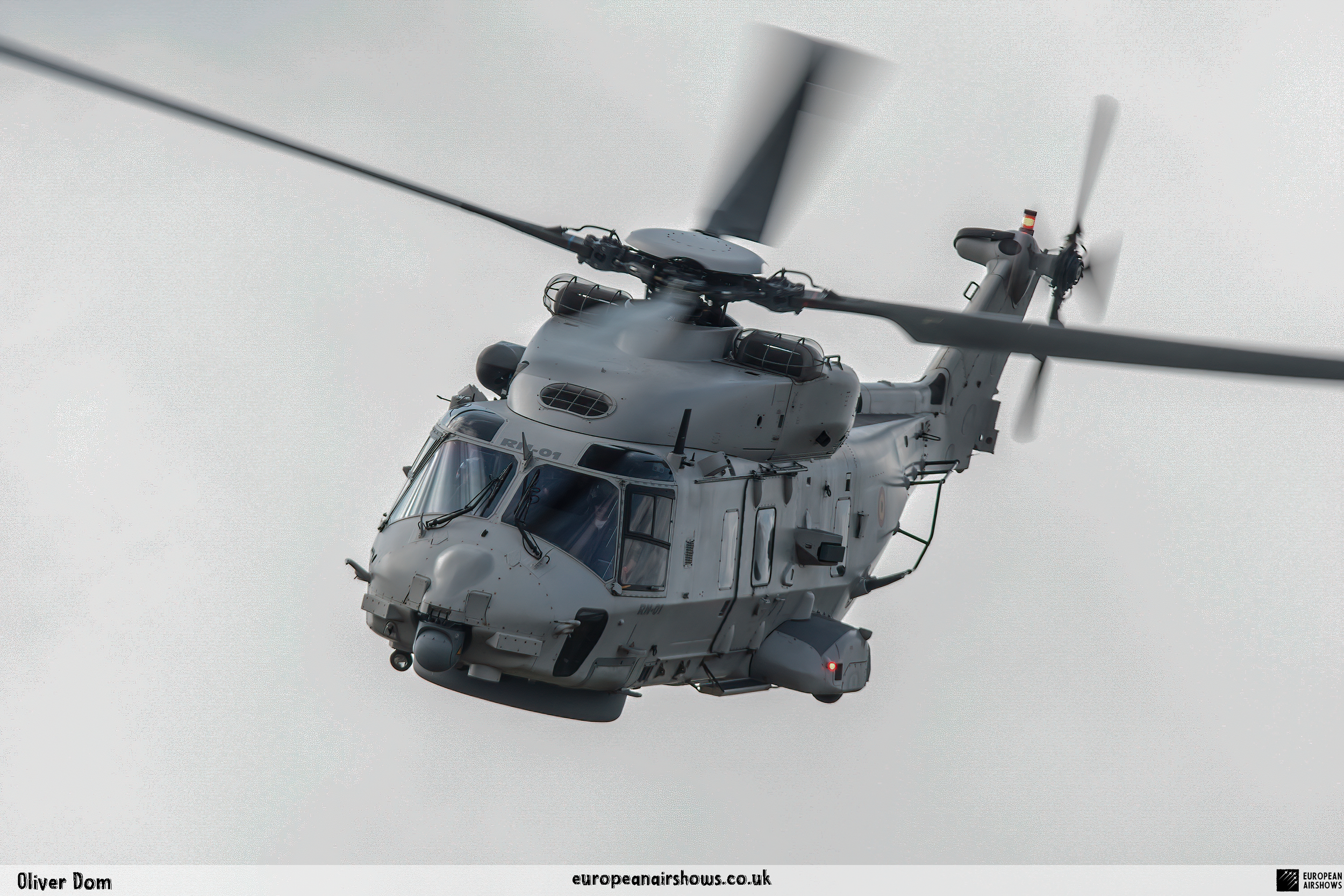

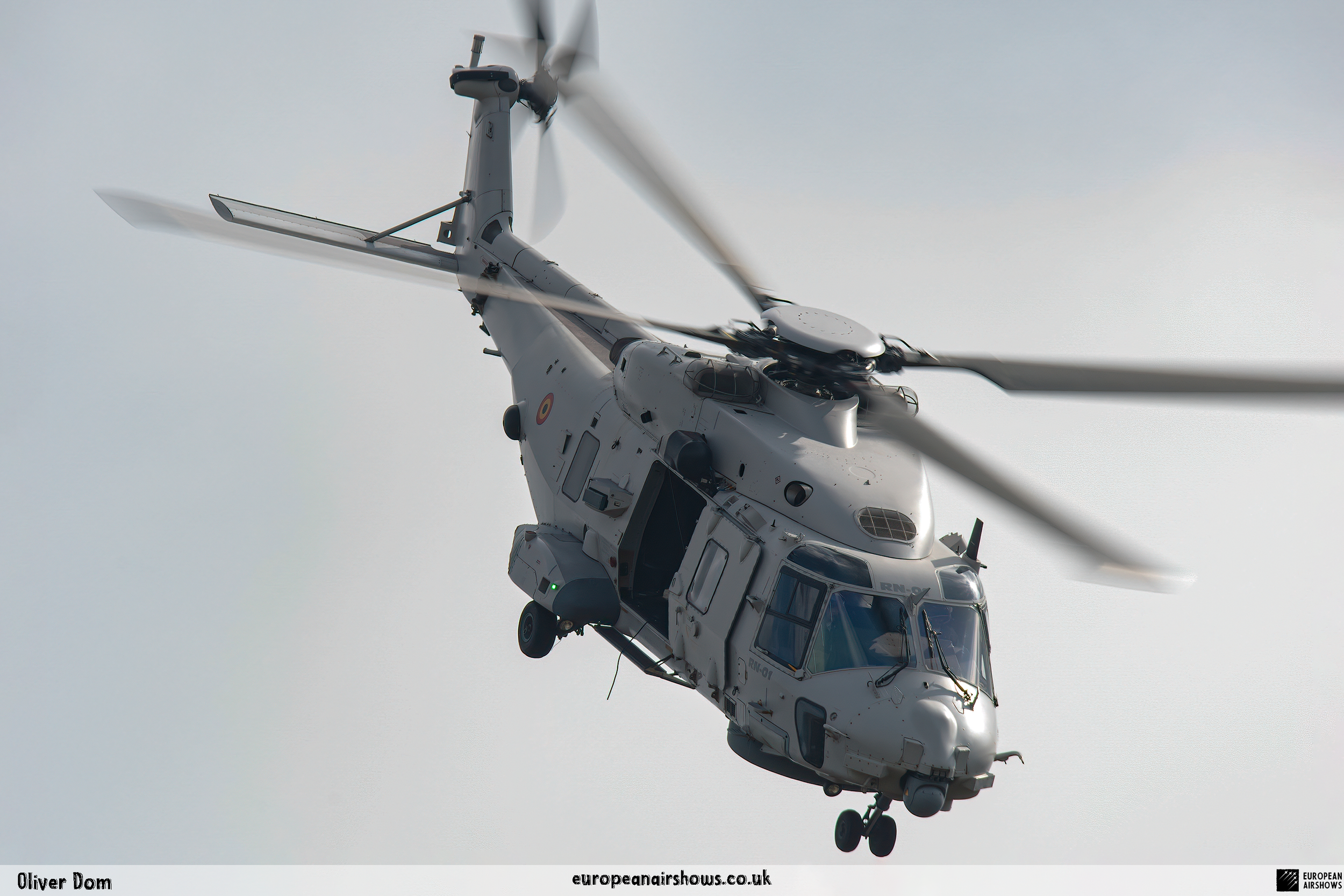

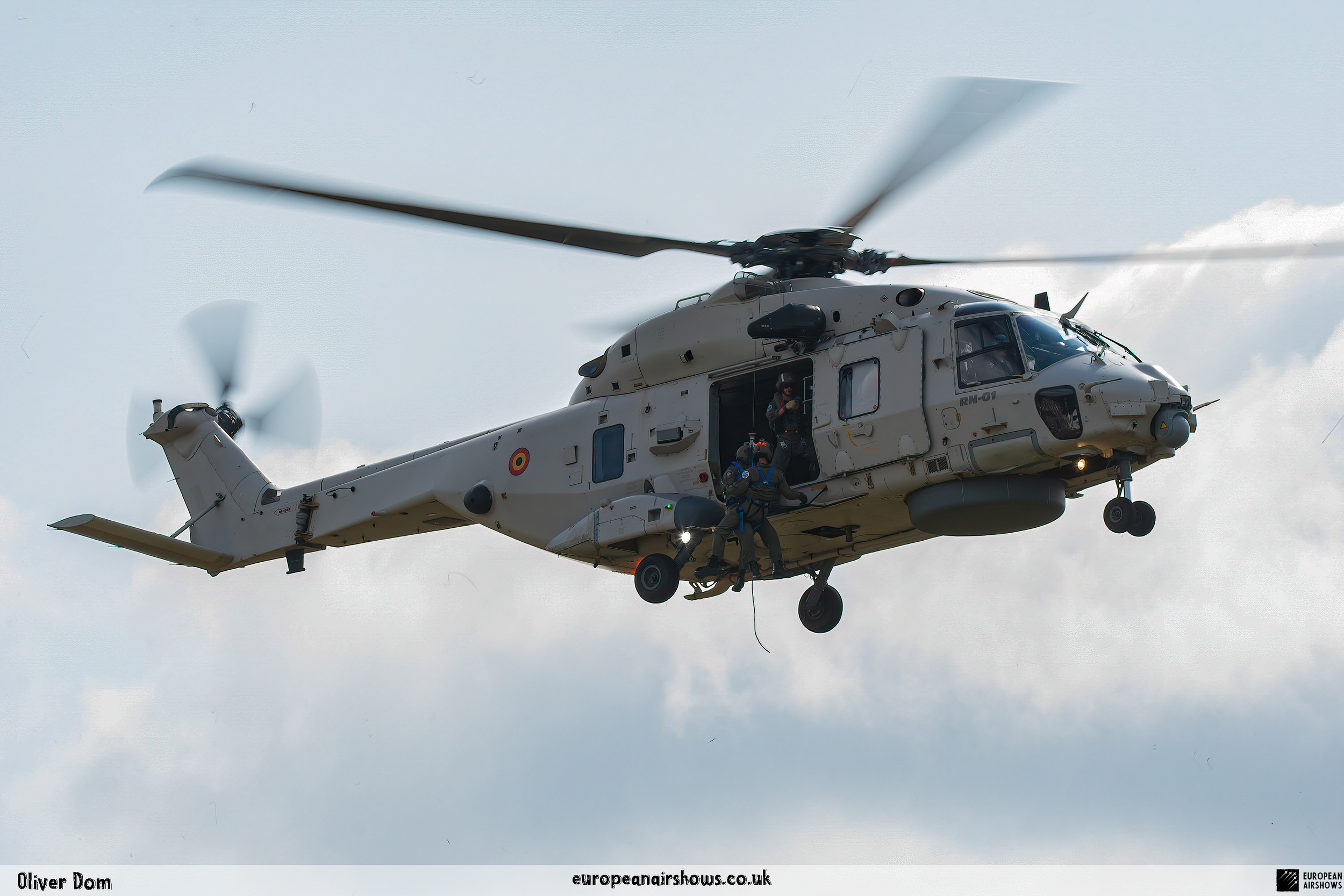
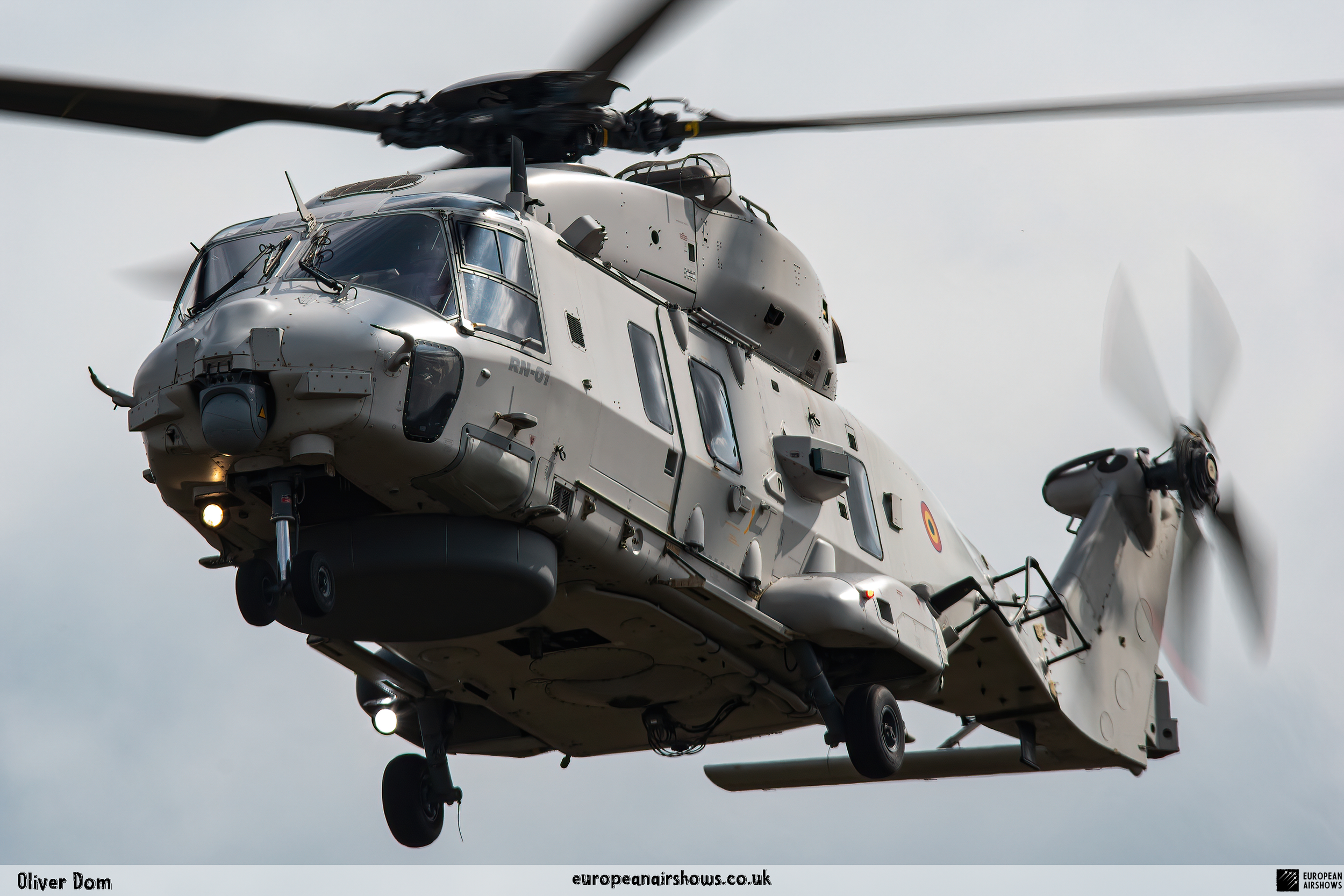
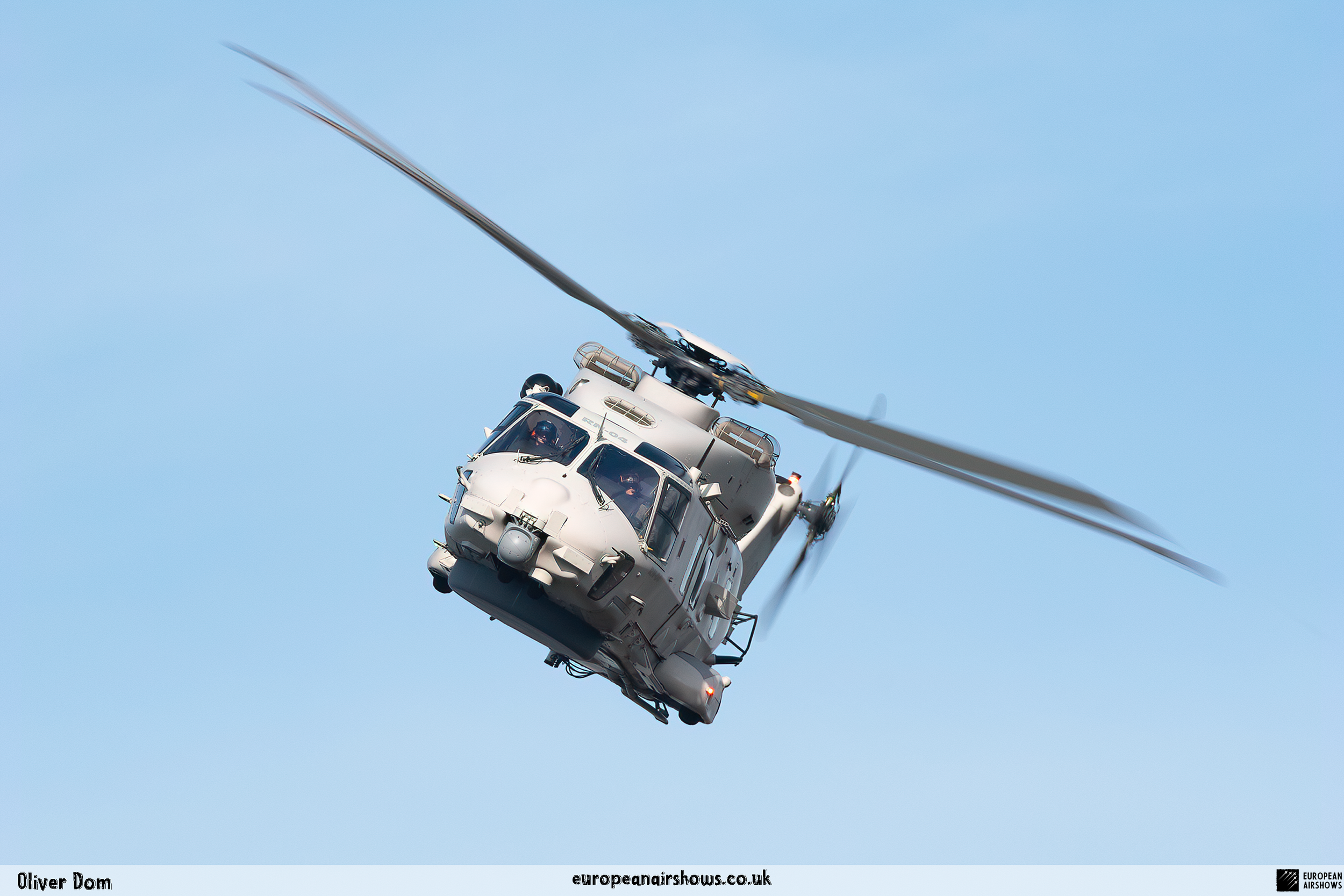
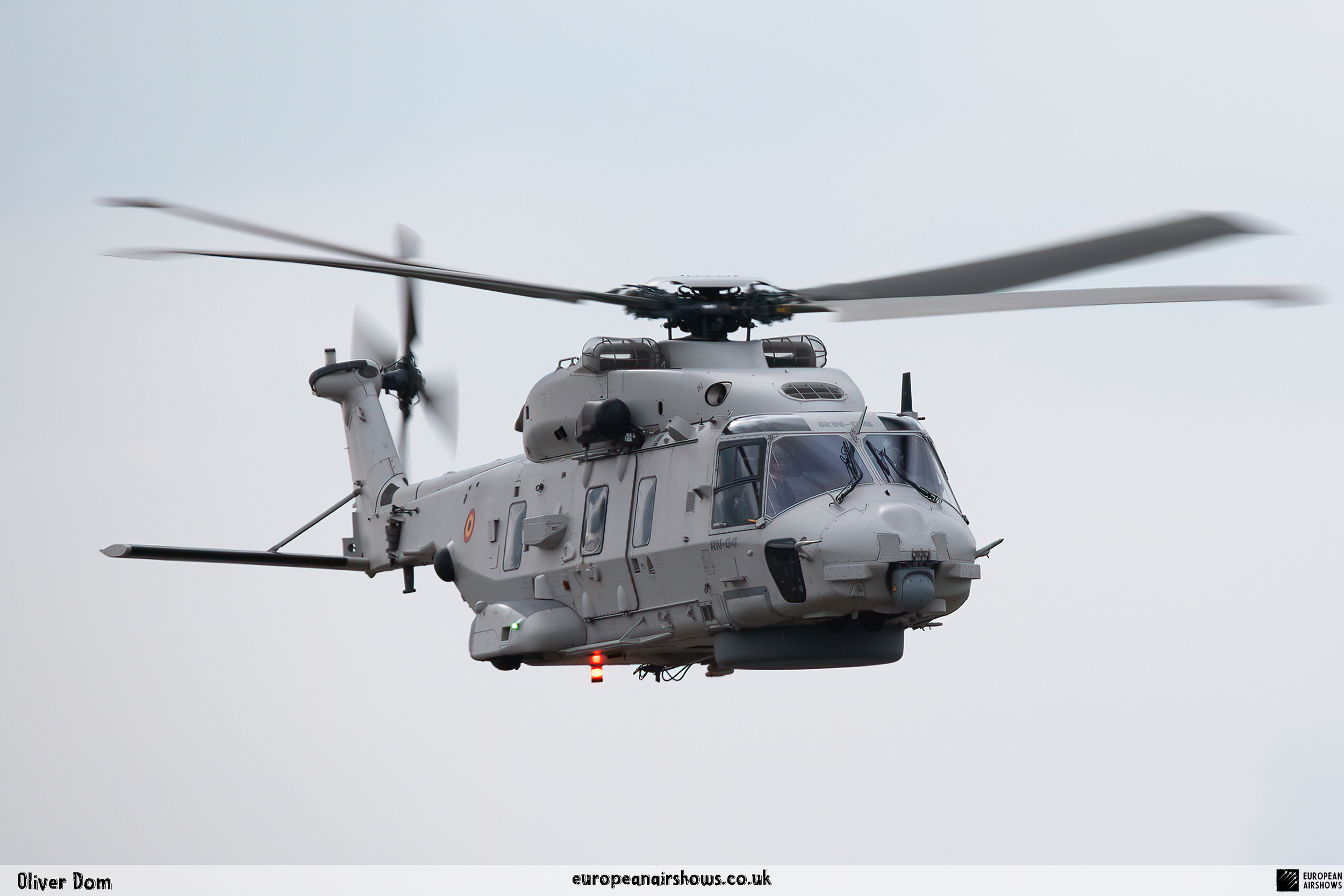
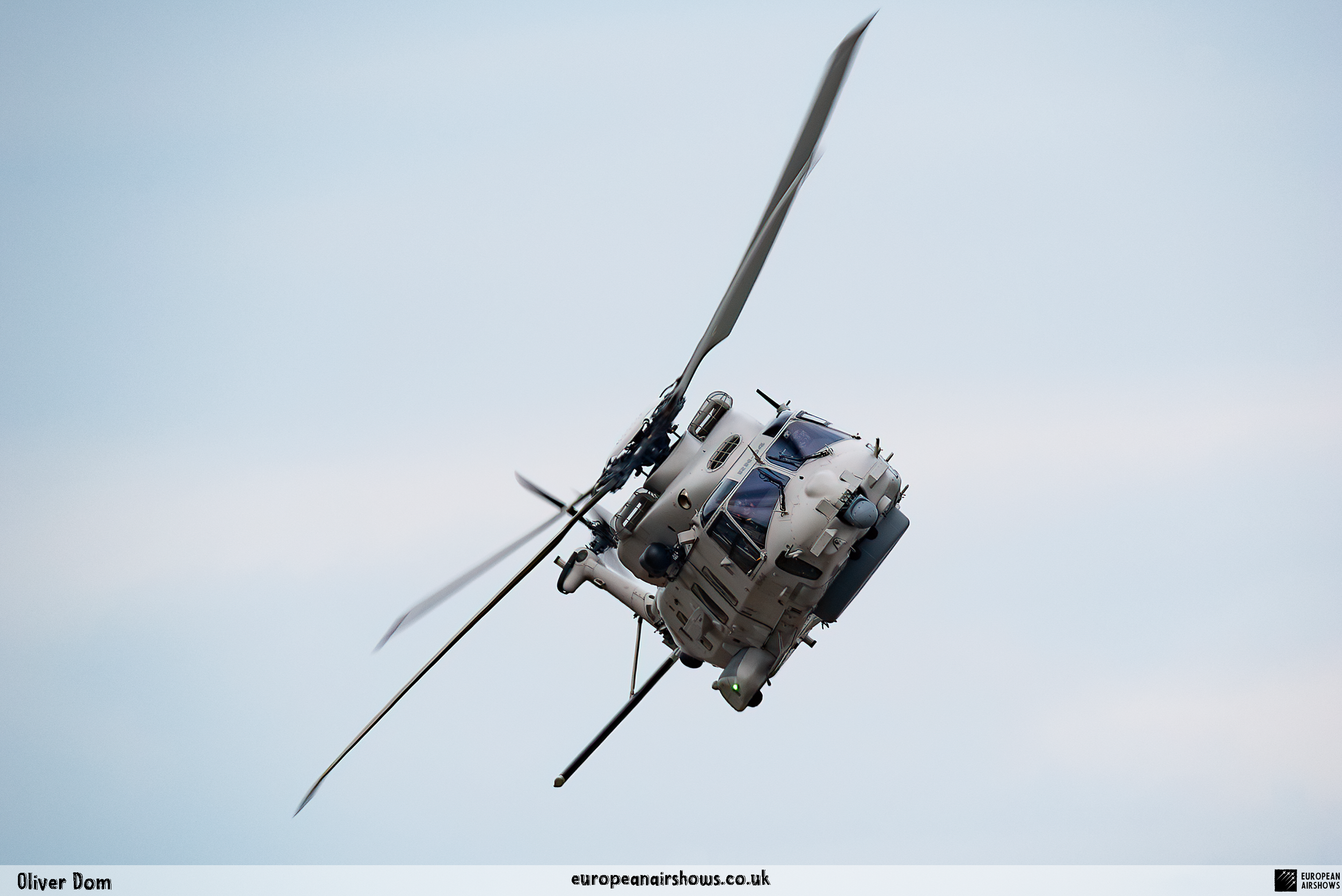
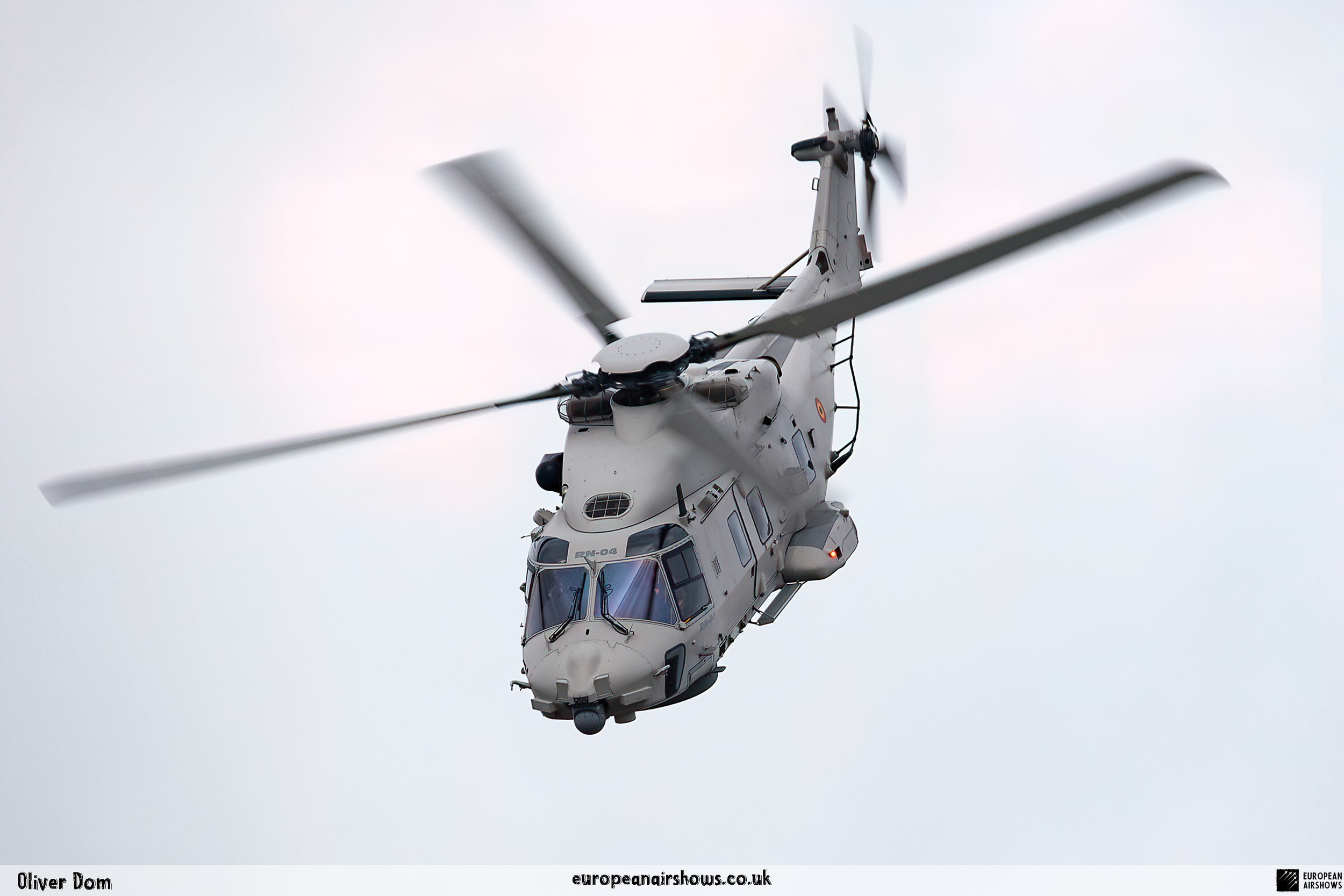
| Back to Top |




























